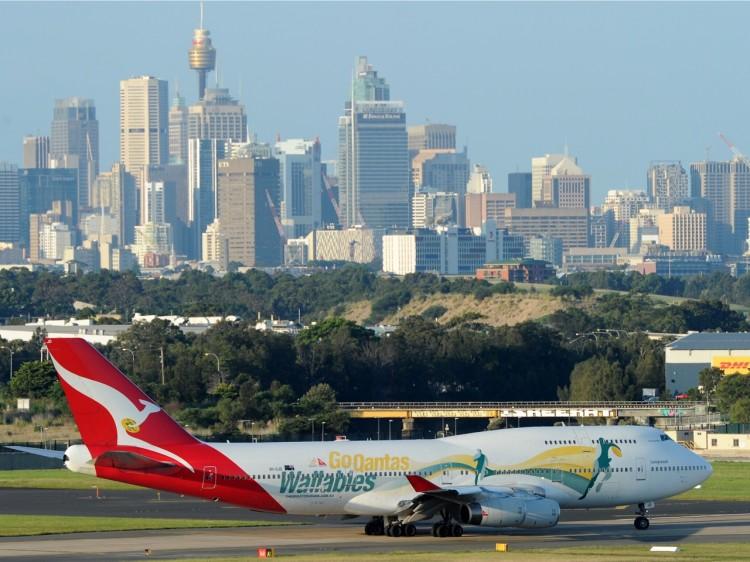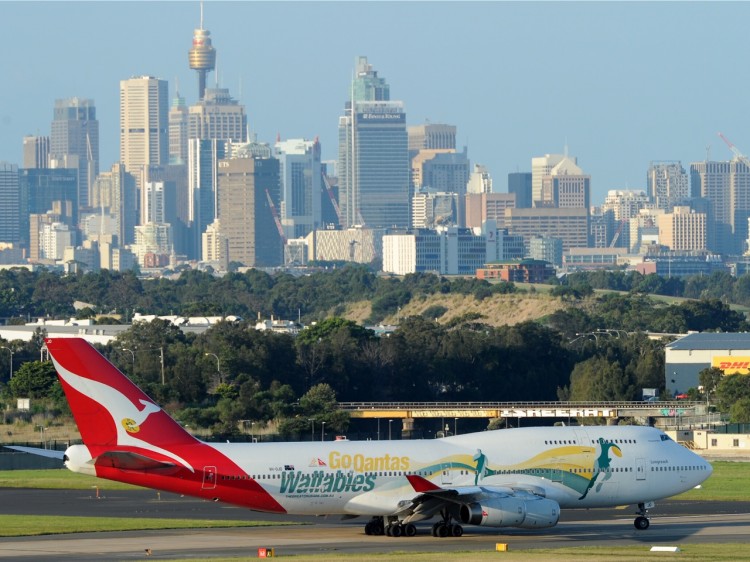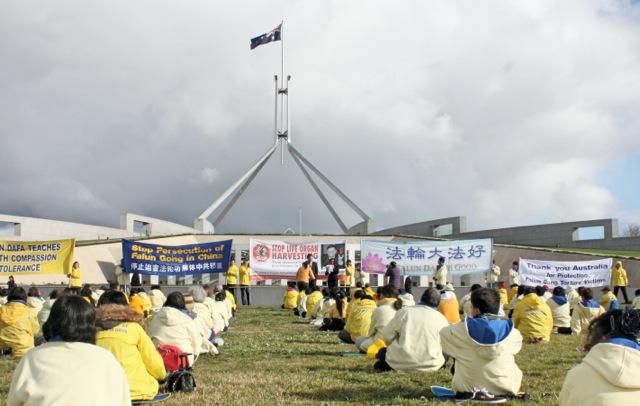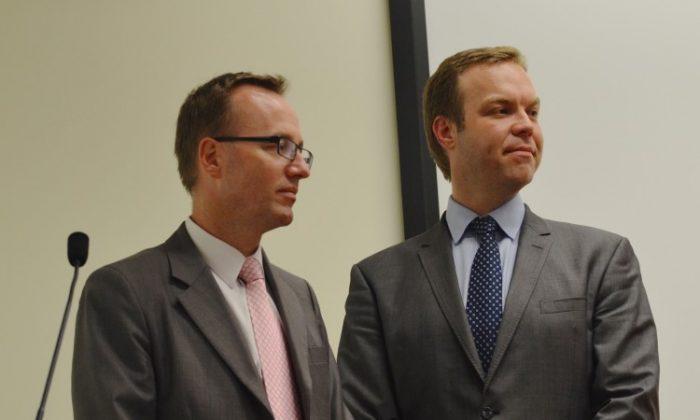Qantas airline’s plans to expand into Asia may pay off, but some analysts say the move carries risks, as the airline faces challenges at home and abroad.
In August, Qantas announced a decision to establish a premier Asian-based carrier in an effort to tap into the wealthy Asian middle class, especially the booming Chinese travel market.
The new direction of an historically Australian-based company triggered mass protests from unions, who said it will damage the iconic “flying kangaroo” brand and cost thousands of local jobs.
The industrial action that followed culminated in last weekend’s total grounding by Qantas of all its international and domestic flights, numbering over 300 and affecting some 70,000 passengers, as they attempted to resolve the 2-month dispute that had already cost the company $68 million.
But from a financial perspective, the Asian expansion may just be the right answer for Qantas. The Lowy Institute predicts that within the next 20 years, Asia will be home to 16 per cent of the global middle class. China is already home to a quarter of the world’s millionaires, who are keen to see the world and experience luxury travel services.
However, some analysts believe there are risks involved in banking on the Chinese market.
Professor Timothy Devinney from Sydney’s University of Technology is a marketing and strategy specialist. He says that while the Chinese market is seen as a gold mine today, the situation is complex and unstable.
The ageing population and demographic imbalance in China are seen as big risks that could soon impact the country’s economy.
“You have a demographic trend which is not one that will go well; there will be costs attached,” says Professor Devinney.
“Society’s age will decline. There is a huge demographic imbalance in terms of gender—there are too many men relative to women in China. This will have a huge impact and affect aspects of productivity.”
Professor Devinney also cautions that banking on long-term predictions of market trends has historically proven futile and should be considered carefully.
“In the 1960s and 1970s, people were talking about how the Japanese were going to rule the world, that they were an unstoppable economic force. In the 1980s, it was Europe.
“We know it won’t be the same in 20 years’ time.”
But for Qantas, the corporate decision to move into Asia appears justifiable given today’s market.
Rising fuel costs, high running costs in Australia and growing competition from Middle Eastern and Asian airlines are believed to have pushed Qantas’s CEO Alan Joyce to propose the Asia solution—moving some services offshore and embracing the high travel demand in Asia.
Qantas is currently running at a staggering $200 million dollar deficit on international flights, but continues to maintain a strong 65 per cent share of the domestic market.
Domestic Turmoil Not Over Yet
Meanwhile, Qantas faces challenges on the domestic front, as the clash between the airline and Australian trade unions may take months to resolve.
The unions, who represent the pilots, engineers and service personnel, insist on keeping all operations local and are demanding fair wage increases for staff.
However, some say the 21-day resolution period ordered by Fair Work Australia on Sunday Oct 30, after a marathon 11-hour meeting, will not be enough to reach an agreement.
“I’m not confident that they will get any resolution within the next 21 days and they may well extend it,” says Neil Hansford, an aviation analyst from Strategic Aviation solutions.
He is concerned that the debate will drag into the Christmas season, potentially bringing further disruption to travel at the busiest time of the year and creating another massive headache for the Gillard Government that it can ill afford.




